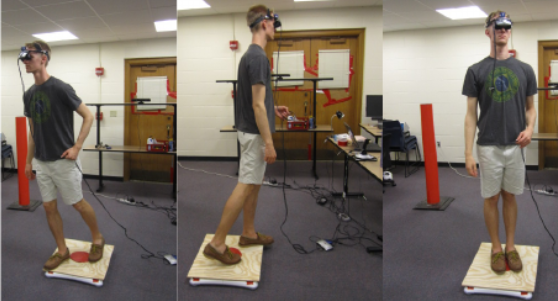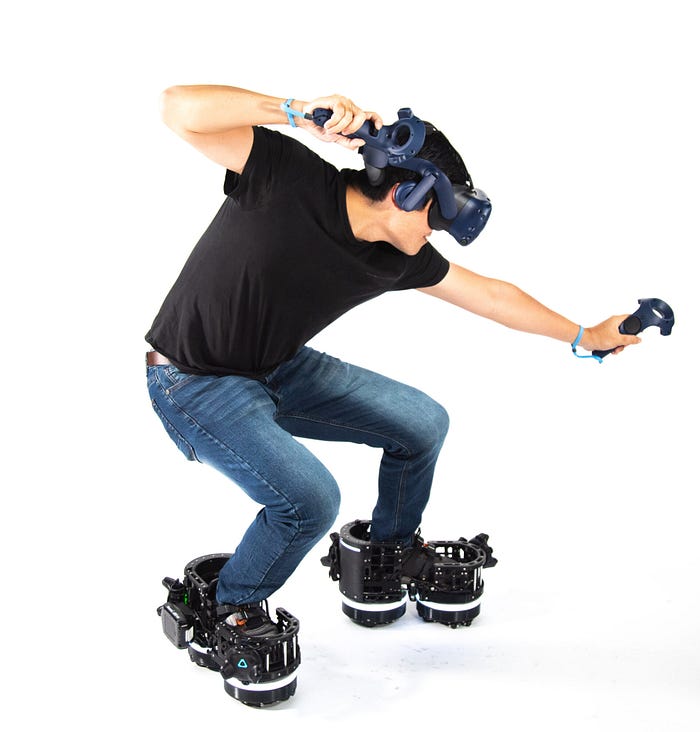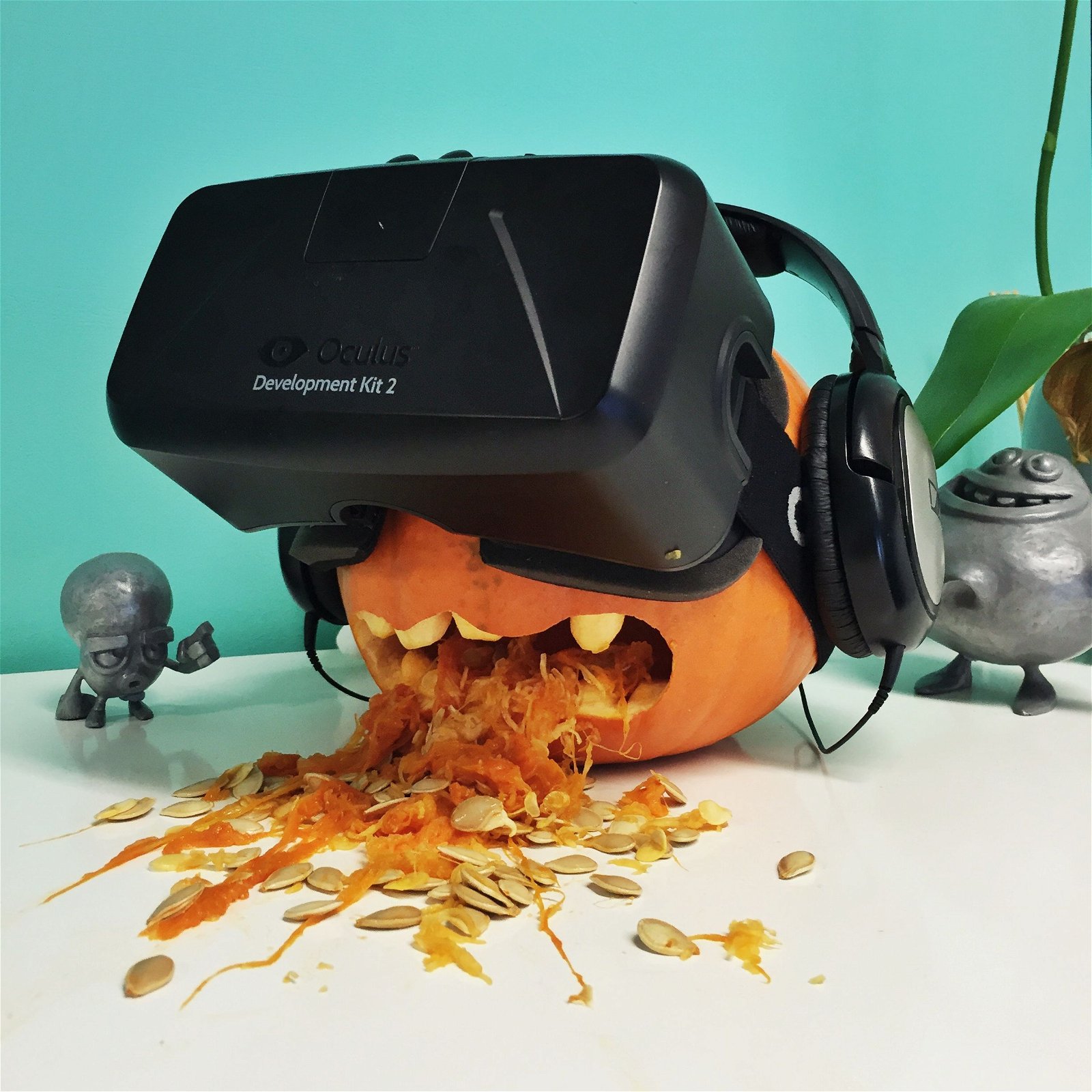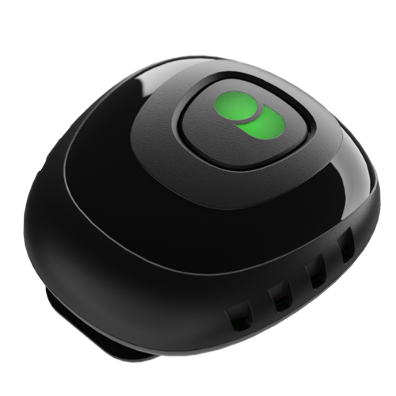Understandably, using VR requires quite a huge amount space if one wants to fully immerse themselves in the VR space. However, as VR becomes more and more accessible, perhaps we should start considering solving the problem of VR locomotion for the average consumer. Current solutions like the omni-directional threadmills can take up a lot of space, but for someone who wants to use VR by themselves at their own desks, they might not have that kind of space available. That is why I thought, what if we can move our feet while still in our seats?
Well, turns out there are already companies with that idea too. There is Roto VR with their chair that tracks the direction you are facing, and there is the Cyber Shoes, wearables that you can use to ‘walk ‘ while sitting down. However, I have in mind some other options that are, while similar to cyber shoes, work a bit differently.
What I propose is a mat that one can place surrounding their chair. By dragging their feet across this mat (much like the cyber shoes), some sort of tracking can be done and translated into locomotion in the virtual space. Ideally, users would only need the mat for this mechanic to work, but if more peripherals are needed, perhaps something light and accessible would be best.

Of course, this is just a theoretical solution to the locomotion problem. This is not consideration how implementation could work. Some ideas that I can throw out are as follows:
- Using technology similar to touchscreen technology, except it would be able to detect feet.
- Using rollers in 8 directions, essentially mimicking a 8-directional D-Pad.
- With the use of extra peripherals on/near the feet, perhaps the use of eletromagnetic technology similar to what is used in Motion Capture technologies?
- With socks, perhaps static can be used to measure the direction of movement.
These are just some ideas for solving locomotion in VR for the average consumers. Whether they work, I have no clue, but I guess everything starts with an idea?

